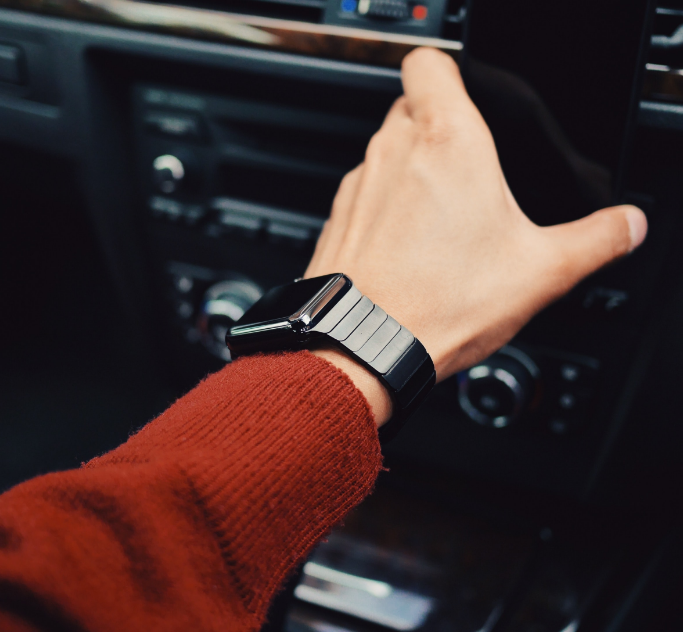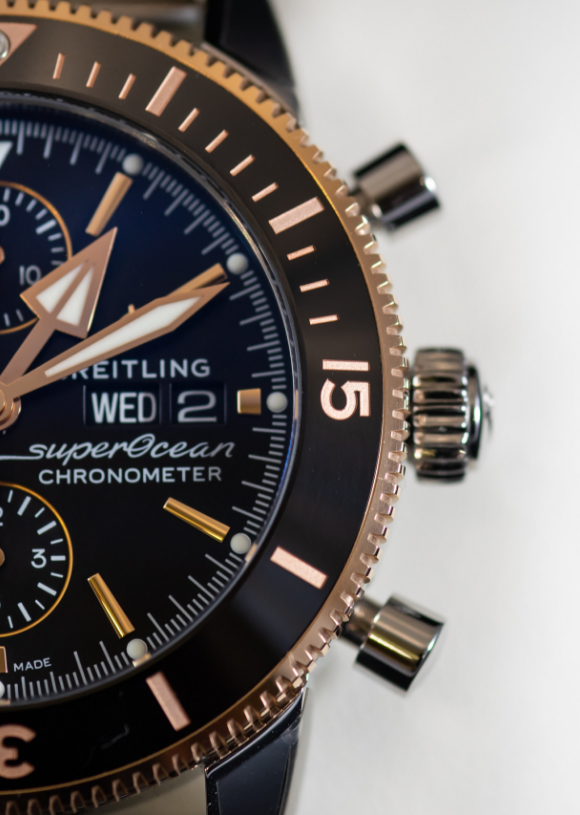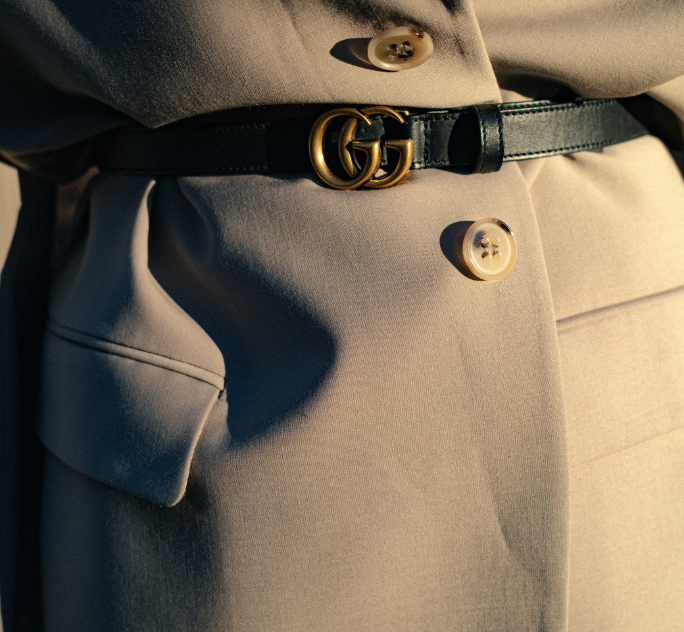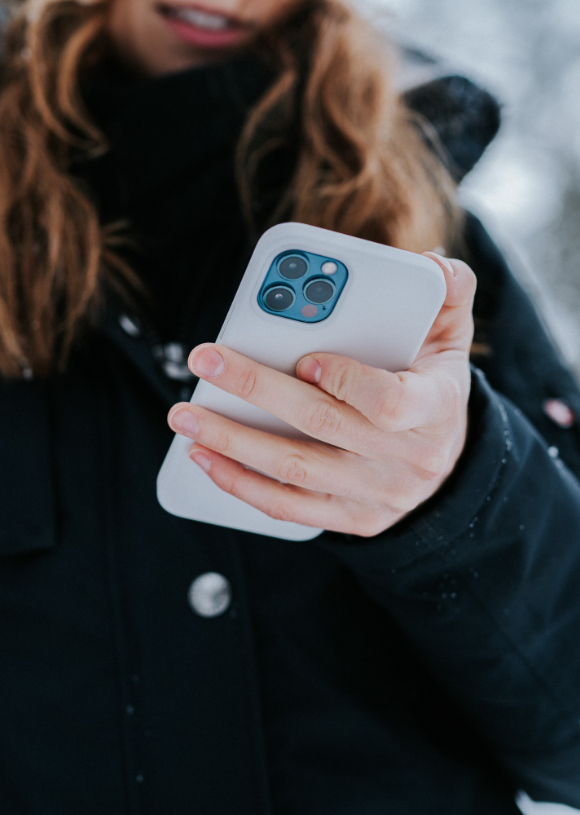Exclusivity and quality have traditionally been linked in the minds of consumers, but a closer look reveals that these concepts are not always one and the same. Many brands offer products that are arguably of a similar quality than their affordable counterparts, and yet, the mere prestige of their branding means that they're worth more in the eyes of consumers.
This is beginning to change, however, with Matter of Form's Luxury Report making it clear that quality is the ultimate priority among today's discerning consumers. According to this report, intrinsically airbrushed quality of luxury is dissipating, being replaced by a need for the raw and unscripted.
This has been spurred, in part, by social media platforms such as TikTok and BeReal, although it's also a global shift that goes beyond the strictly virtual.
The ultimate example of this concept? Apple. For years, products such as the iPhone and AirPods have been regarded as luxury tech, even though a significant subset of the population invests in these devices. The price point is often higher than counterparts from Android, but that's not what gives Apple its prestige: rather, Apple owes its high standing to its exceptional reputation.
Apple consumers know that they can count on this beloved brand to release the most innovative, stylish products imaginable, in which every detail is shaped to ensure that user experience is nothing short of exceptional. As a result, Apple enjoys an extremely loyal customer base, with many enthusiastic consumers thinking of their latest devices as status symbols — even when, logically speaking, they're well aware that hundreds of millions of consumers own the very same products.
For many brands, quality as an emphasis is far from new. Montblanc, for example, has long been known for its luxurious, yet reliable watches and leather goods. Now, however, the brand is beginning to lure younger consumers with these concepts, emphasizing not only quality, but also, many of the traits we'll discuss later on, all while striving for an updated, urban edge. In the future, there will be a move towards well-made products, even when, aesthetically speaking, they don't always resemble the luxury finishes of yesteryear.




